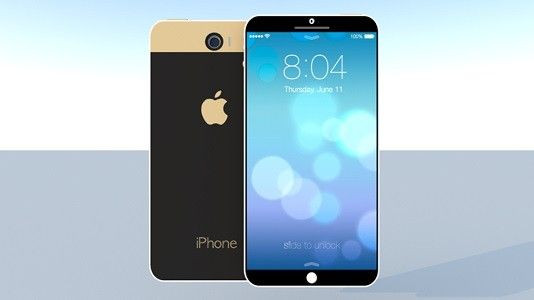3 Main Reasons to Get the Sapphire-Coated iPhone 6 on its 2014 Release Date

Recent reports suggest that sapphire will play a prominent role in the rumoured iPhone 6 release date this year, likely protecting not only the device's larger screen but also blanketing its whole make.
Sapphire is said to enhance the next iPhone's durability, bettering the already impressive Corning Gorilla Glass protection that was used in the previous builds. And with the giant investment that Apple awarded to GT Advanced Technology in 2013, the prospect of this becoming real gained further traction.
Last week, reports came out that most of the machines that will be used for the volume production of sapphire materials for the iPhone 6 are said to be ready for action, sparking excitement among many Apple watchers.
But what really is so exciting about sapphire glass or coating? What makes it any better from Corning's creation, which is also being used in high-end smartphones such as the Xperia Z1 from Sony and the Nexus 5 - a product of the collaboration between LG and Google?
These questions are answered in the following sentences that lay out the benefits that would-be iPhone 6 users will get from the sapphire-guarded device:
Sapphire is tougher than steel
According to Business Insider, the synthetic sapphire that Apple will likely use in protecting the iPhone 6 glass cover and its entire body - front, back and the four edges - will have a hardness rating that is second only to that of a diamond.
As the hardness rating is measured in Mohs, the next iPhone's sapphire coating will reach the ninth level or harder than toughened steel's 8 Mohs rating. This means, for end-users, that the upcoming iPhone can shake around on their pockets, mingling with keys and coins, and survive all the friction punishment totally scratch-free.
"Anything made of a substance that is harder with a higher Mohs rating will scratch anything that is not as hard, meaning a sapphire screen could resist scratches from almost anything likely to be carried in a pocket," Business Insider said on its report.
No additional cost
Despite being the new kid on the iPhone block, sapphire is readily welcome as its part in the upcoming iPhone 6 will not lead to a significant hike on its price tag. Previously, sapphire on any electronic gadgets is believed to make any product quite expensive, which could be true some few years back.
But now with mass production literally on Apple's fingertips, sapphire on the iPhone 6 will not be too heavy in the pocket. Most likely, the same price marks seen in the iPhone 5S will be sustained by the time next is ready for the global rollout, which is $200 for the contract-laden and basic model units and $600 and up for the unlocked versions.
More savings in the long-run
As mentioned above, the iPhone 6 will emerge without dents and scuffs amidst normal use or even some form of little abuse, which over the long-term will translate to a virtually repair-free iPhone ownership. Once concrete saving for users is around $150, which is the fee for iPhone owners seeking to replace their busted phone display, according to Laptop.
Then the resale value enters into play too once the time to upgrade comes around. If sapphire proves true to experts' claims, then the next edition will touch down and the iPhone 6 remains in the same condition when it first slid out of the box. That surely would attract higher price bids for pre-owned buyers, which in turn can be used to purchase the fresher version.
Release date of the iPhone 6 is likely set in the second half of 2014, possibly between June and September this year.




















